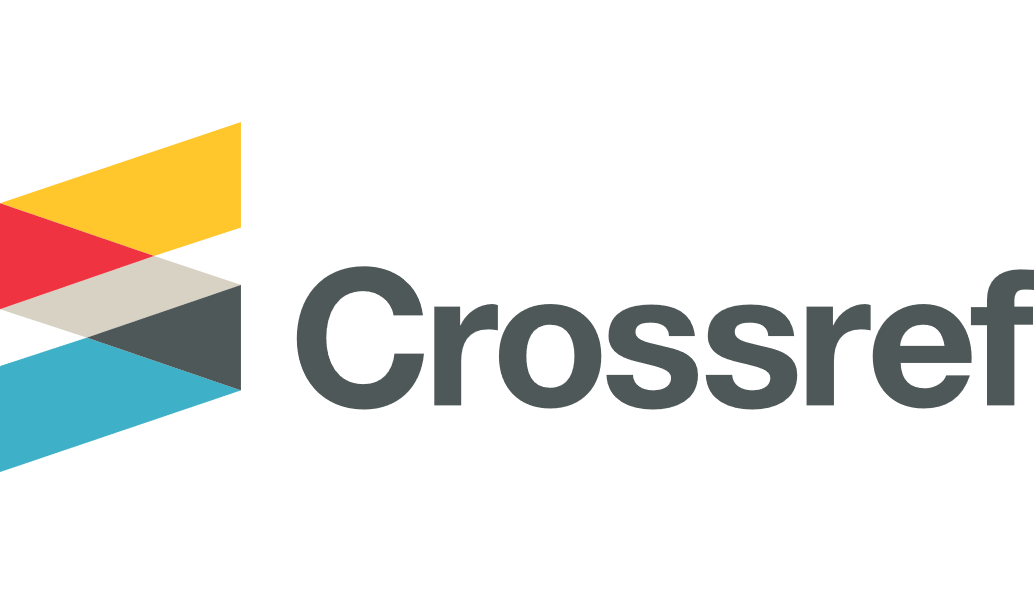Keywords
C3 Logix, ImPACT, Neurocognitive assessment testing, sports related concussion, return to play
Disciplines
Medicine and Health Sciences | Sports Medicine
Abstract
Introduction
Clinicians frequently use computer-based neurocognitive assessments to aid in the diagnosis and management of Sport-Related Concussion (SRC). With practitioners using varied Neuro-Cognitive Assessment Tools (NCAT), questions arise concerning differences among NCAT and how these differences may affect patient care. The purpose of the current study is to offer a comparative analysis of two widely accepted, commercially available computer-based neurocognitive testing modalities in the adolescent concussed athlete.
Methods
In order to identify patients that were diagnosed with SRC, the records of patients reporting to a sports medicine practice were reviewed for a period of eighteen months. All patients were assessed with either the ImPACT® or C3 Logix NCAT®. The date of the injury (DOI), as well as the patient’s symptom level (IVAL), time to initiation of the return to play protocol (IRTP), and time to the return to play (RTP), were recorded.
Results
Two hundred and twenty-two records (222) were identified. There was no difference in the symptom score (P = 0.22) at the IEVAL between C3 Logix® (31.5±27.0) and ImPACT® (23.2±21.9), in the IRTP (P = 0.22) between the C3 Logix® (6.2±4.3 days) and ImPACT® (5.1±4.3 days) or RTP (P = 0.46) between C3 Logix (12.1±4.9 days) and ImPACT (15.6±19.8 days). Weak to moderate correlations were found between symptom scores, IRTP, and RTP.
Conclusion
Clinicians made similar recommendations, independent of the NCAT used, as when to initiate the return to play protocol and when the patient could ultimately return to play.
Recommended Citation
Hardin B, Gilliland A, Belmaggio T, Giangarra C, Castillo JR, Timmons MK.
Assessment of commercially available computerized neurocognitive testing in the adolescent concussed athlete: A retrospective analysis..
Marshall J Med.
2020;
6(4): 53
DOI: https://doi.org/10.33470/2379-9536.1257.


